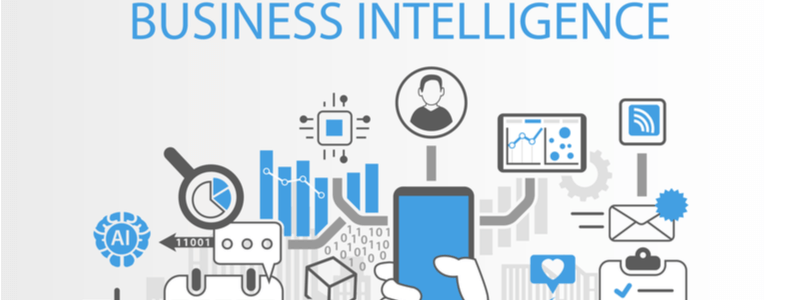Cognos to Power BI Paginated Reports Migration
An organization or application can receive or provide business intelligence (BI) reports via a business intelligence solution. A BI solution facilitates the capture of results through reporting.
In BI solutions, it is a pre-configured function, feature, or component. In general, BI reporting is an automated process of capturing and reporting data based on the parameters set. Reports can be in the form of statistical data, visual charts, or plain text.
The competitive BI landscape places a lot of emphasis on getting reports and dashboards in seconds instead of minutes. Most BI tools offer standard features like security, production, distribution, deployment, and support.
To choose the right tool, you should consider ease of use, report quality, scalability, and performance.
Cognos
The Cognos enterprise reporting solution allows users to create reports, analyze their data, and gain valuable business insights. In 2008, IBM acquired Cognos.
Architecture
Let’s take a look at its architecture to see how Cognos helps users meet their BI needs. It consists of three tiers – the presentation tier, the business tier, and the data tier.
- Presentation tier: The web server in this tier responds to requests from the user. Requests are sent to the dispatcher, which processes them and sends a response to the web server that is sent back to the user.
- Business tier: BI servers and Cognos services make up the business tier. A dispatcher receives a request from the webserver and routes it to the appropriate services.
- Data tier: There is a content store in this tier. With the help of a content manager, the BI server creates content store tables and stores packages, reports, folders, scheduling, views, etc.
Benefits
The architecture of Cognos is structured and calibrated for optimal performance.
- Through the integration of IBM’s SPSS, it offers users predictive and statistical capabilities.
- Cognos leverages XML, SOAP, and WSDL in its open architecture.
- Multilingual capabilities automatically deliver reports in the user’s native tongue.
The key difference between Cognos and Power BI is the cost and availability of trained resources. Microsoft licensing varies based on the number of users, whereas Cognos licensing varies based on the number of servers and instances.
While the Microsoft BI tool stack offers a quality BI solution, you cannot ignore the enterprise capabilities of IBM Cognos.
